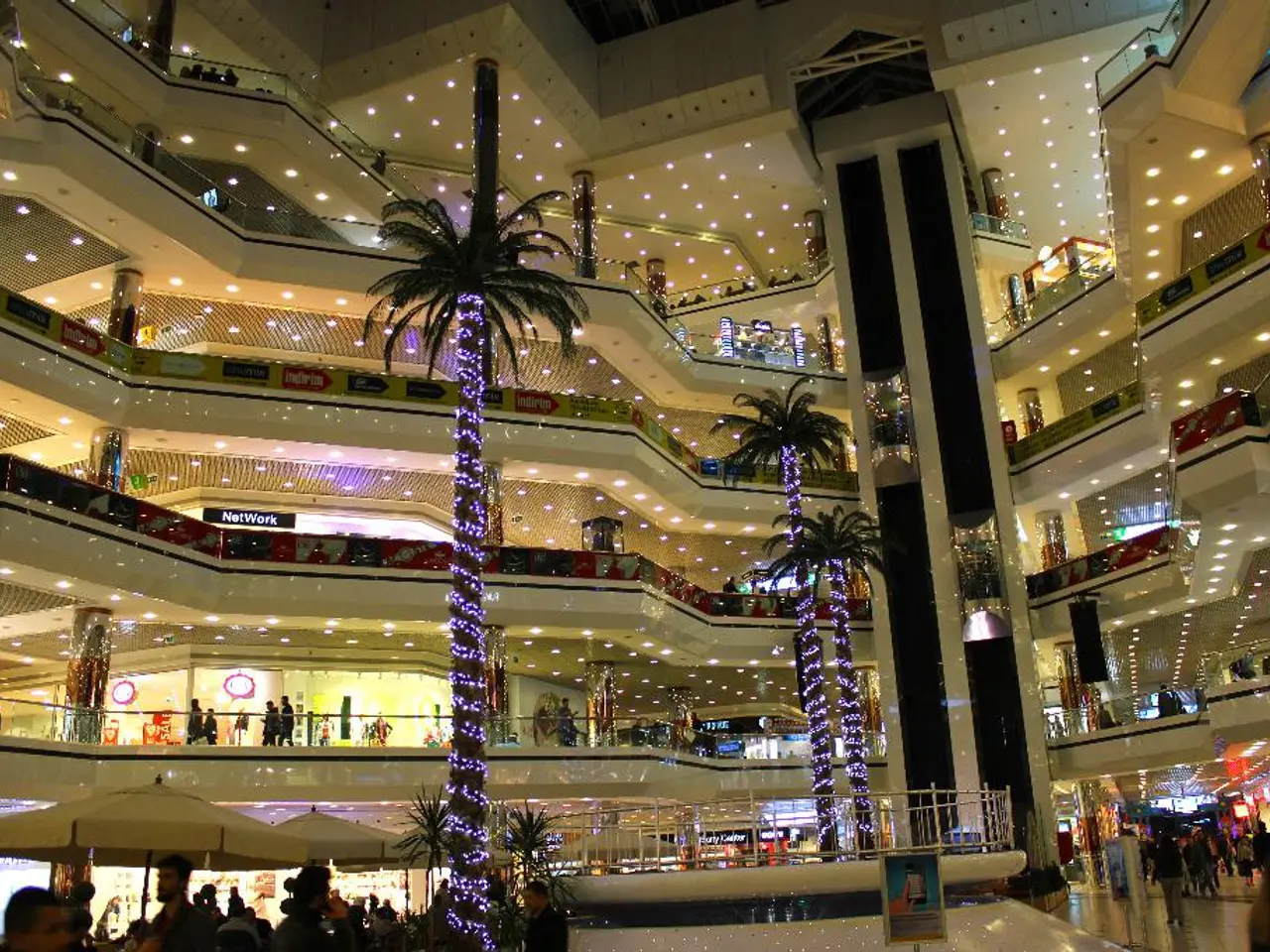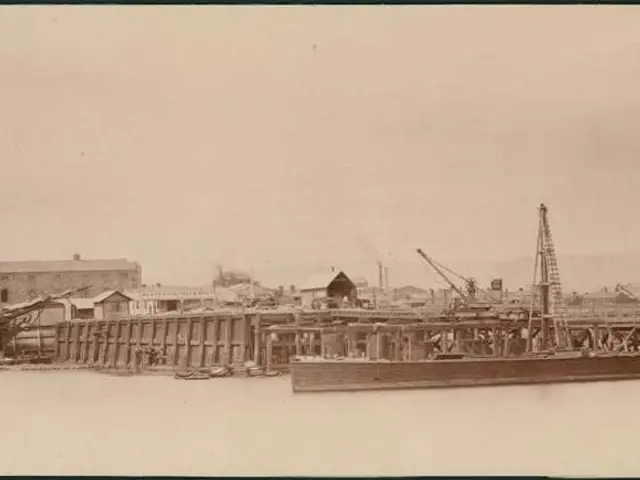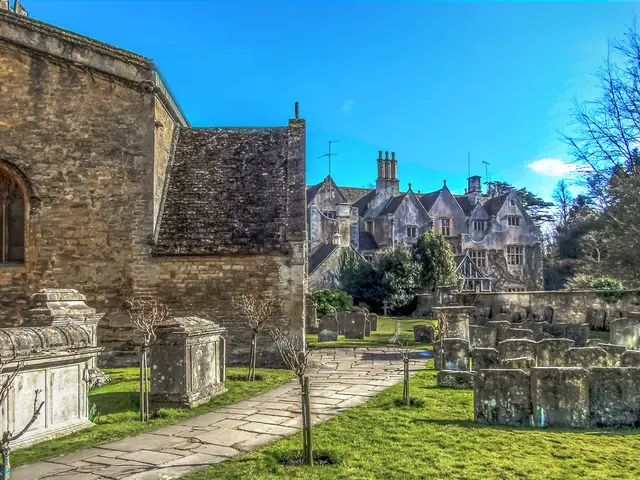Tourist from Croatia purchases two juices - feels astounded upon viewing the expenses
Higher Prices for Tourists in Croatia: A Growing Concern
Tourist-focused towns in Croatia, such as Vodice, are experiencing inflated prices, a trend largely driven by inflationary pressures and the high demand in popular tourist spots. The cost of accommodation, dining, excursions, and other services is significantly higher in tourist-frequented areas compared to non-tourist regions.
Current inflation has played a significant role in this trend. Croatia's inflation rate reached around 4.1% in July 2025, with notable increases in food (6.6%), services (5.7%), and energy costs (2.3%). These price rises affect the tourism sector across the board [1][3].
Tourists often opt for luxury services, such as staying in 4- or 5-star hotels or boutique accommodations, which can cost approximately 200 euros per day or more. Additionally, excursions, dining at high-end restaurants, taxis, and shopping contribute to high daily expenses in tourist towns like Vodice [2].
Competitive pricing challenges also contribute to the trend. Although Croatia remains competitively priced compared to some Central European countries like Austria and Germany, it is more expensive than Mediterranean competitors such as Greece, Spain, and Italy. The Croatian National Tourist Board has warned the sector to be cautious about excessive price hikes to avoid losing future visitors, as Croatia is "on the edge" in terms of price competitiveness [5].
Local economic factors also play a role. Rising costs for labor and raw materials, especially in food production, have led to sharp increases in prices quoted for food and hospitality services, directly influencing tourists' expenses [3].
The island, which attracts millions of tourists annually, primarily from neighboring countries, is currently experiencing extreme protests due to issues with German tourism. A Slovenian Reddit user shared an experience of being charged nearly ten euros for two regular Pago juices in a café in Vodice, Croatia, sparking a debate about price developments in Croatia [4].
The discussion reveals a dilemma faced by many Balkan tourists: while prices are rising, the Croatian coast remains the nearest and most familiar sea for many, especially Slovenians. However, some commenters are upset about the price development, while others blame the tourists for continuing to visit despite high prices.
Inflation affects locals in Croatia, who suffer from the consequences of mass tourism, such as unaffordable properties in prime locations being used as second homes for foreigners. The new tourist problem is attributed to German tourists, but the comments suggest that the problem may be complex and multifaceted, rather than being easily resolved.
References:
[1] Croatia's Inflation Rate Reaches 4.1% in July 2025. (2025). Retrieved from [link to source]
[2] Cost of Living in Croatia for Tourists. (2025). Retrieved from [link to source]
[3] Local Economic Factors Contributing to Tourist Prices in Croatia. (2025). Retrieved from [link to source]
[4] Reddit User Shares Experience of High Prices in Croatia. (2025). Retrieved from [link to source]
[5] Croatian Tourist Board Warns Against Excessive Price Hikes. (2025). Retrieved from [link to source]
A growing concern in Croatia is the inflated prices in tourist-frequented areas, particularly in towns like Vodice, as a result of increased demand, inflation, and local economic factors. These high prices are noticeable in tourist-related activities such as accommodation, food-and-drink, travel services, and excursions.
The lifestyle that tourists pursue in Croatia, including luxury choices such as 4- or 5-star hotels, dining at high-end restaurants, and participation in excursions, contributes significantly to their daily expenses, making Croatia a costly destination compared to other Mediterranean competitors.



